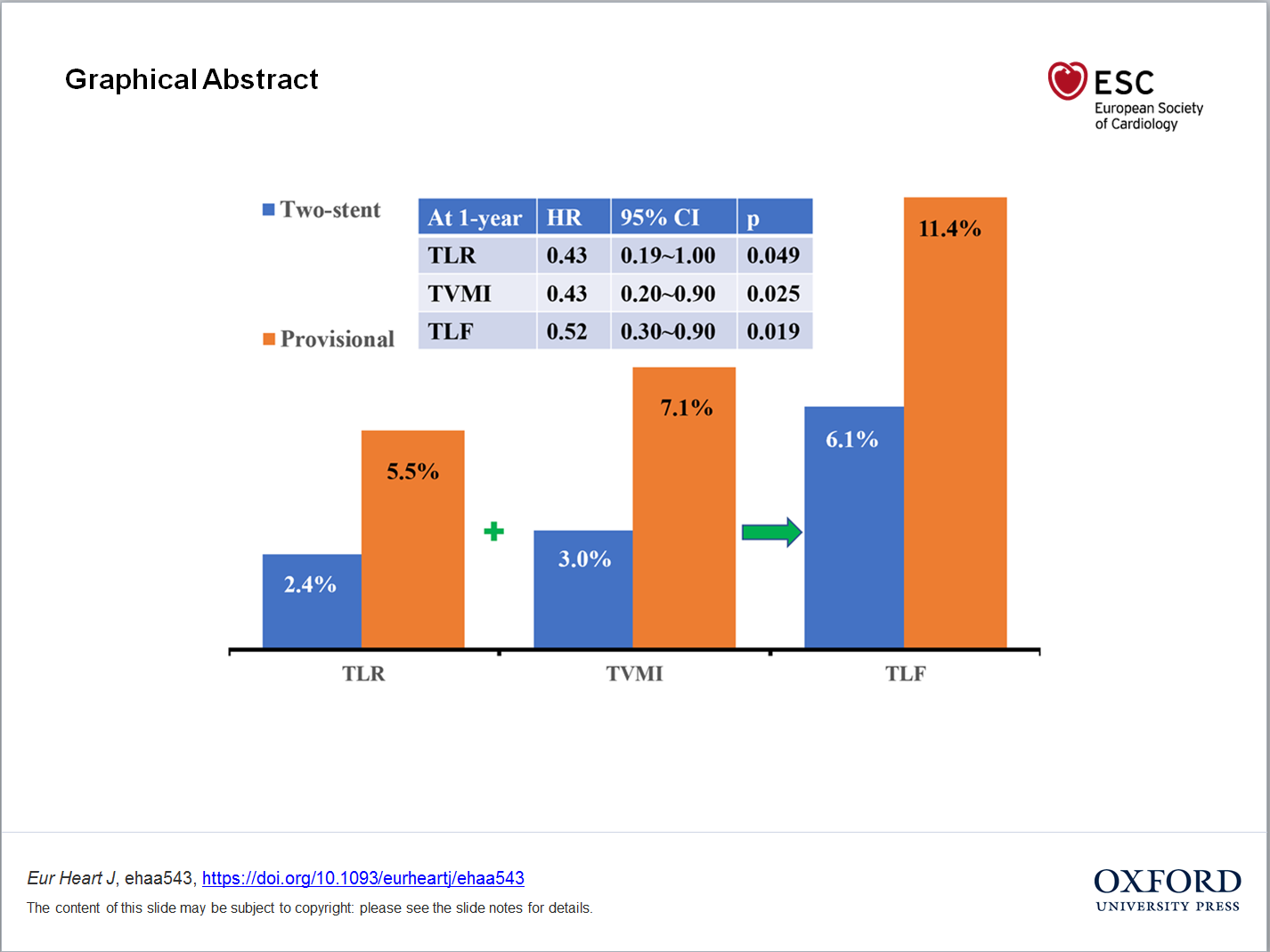CBS2017 CALENDAR
Event Highlights
News
ACC Expert Consensus on Radiation in Cardiac Imaging
Key points to remember from this consensus document on optimal use of ionizing radiation in cardiovascular imaging.
Troy M LaBounty, M.D., FACC
丨May 03,2018
Upnext
NEWS丨CBSMD
CBSMD丨Jun 28,2020

Upnext
NEWS丨CBSMD
CBSMD丨May 14,2020
